In the recent past, you have heard the term web3 thrown around and touted as the future. So, what is web3 and why should you care?
What is Web3 & Why Should You Care?
Web3, the theory goes, will allow us to engage with any person or computer on the planet without having to pay a charge to a middleman.
From multinational corporations to decentralized autonomous organizations and self-governing data markets, this change will open up a whole new world of organizations and business models that exist mostly in our imagination at the moment.
Difference Between Web2 and Web3
Web1 refers to the internet in the 1990s and early 2000s, according to popular consensus. It was a time when blogs, web forums, and pioneering portals like AOL and CompuServe ruled the net. The majority of what users did on web1 was view static web content passively. Most of it was created using “open protocols” such as HTTP, SMTP, and FTP.
Web2 was the second era of the internet, which began about 2005 and was marked by social media powerhouses such as Facebook, Twitter, and YouTube. People began generating and sharing their own material on web2, actively engaging in the internet instead of passively watching it.
Web3 will, according to the theory, supplant these hierarchical, commercial platforms with open protocols and distributed, crowd networks, merging web1’s open architecture with web2’s public engagement.
It is essentially the next step in the internet’s evolution.
17 Best Web3 Websites
If the concept interests you, here are some of the top web 3 website examples that exist today.
1. Doge Art Club
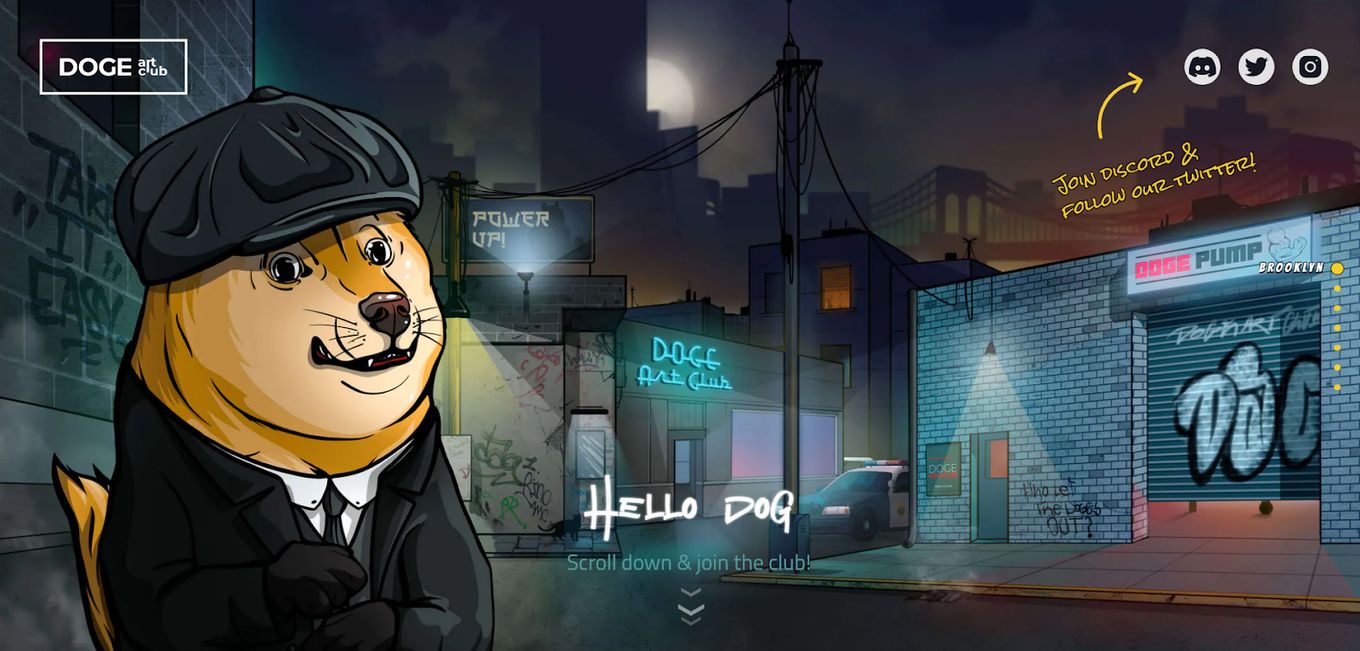
The artwork for the Doge Art Club NFT collection was created from scratch by Polish artist Maciek Ignaciuk alias Othis, a graphic designer with experience in street art and murals.
A distinctive feature of Doge Art Clu is its ingenious Doge evolution process. Each Doge Art Club NFT has a referral code on it, and you get 30% of the value of any mint that uses your code!
To showcase its beautiful vision, Doge Art Club uses the fullPage.js plugin, which allows it to render the technocratic idea in words, graphics, and other visual effects. Each full-screen section guides the user through Doge’s loves and feelings. It is, no doubt, what makes this page stand out from others.
If you like this full-screen effect now you can easily create it using fullPage.js. It is even available for Gutenberg, Divi, and Elementor WordPress editors.
2. Cosmos
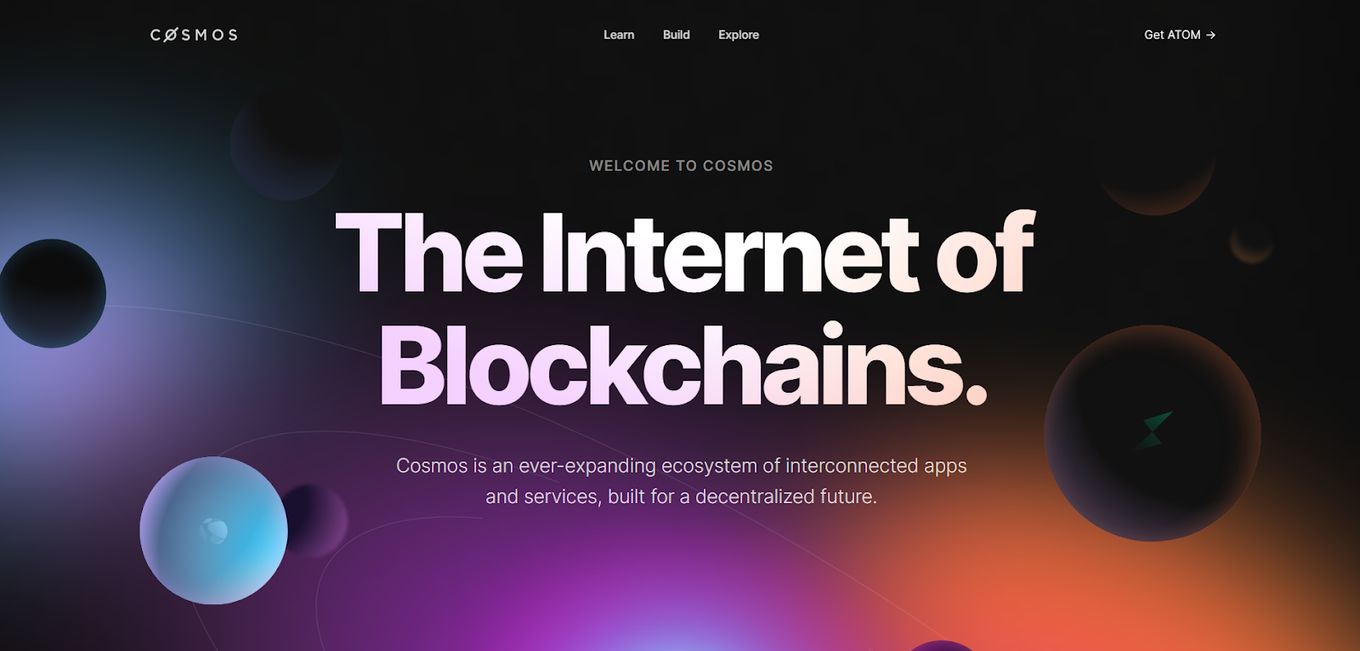
Cosmos is a wonderful illustration of Web3 website design trends like vivid gradients, 3D features, and sci-fi themes that we’ve been seeing across the sector.
They’ve done an excellent job of developing their company image on a solid base of gorgeously structured typography that scales, definitive CTAs, a header hierarchy that helps users read the webpage, and they make clear efforts to stay accessible with high-contrast script and backdrops, all while being amazingly vivid.
3. Reboot Cult
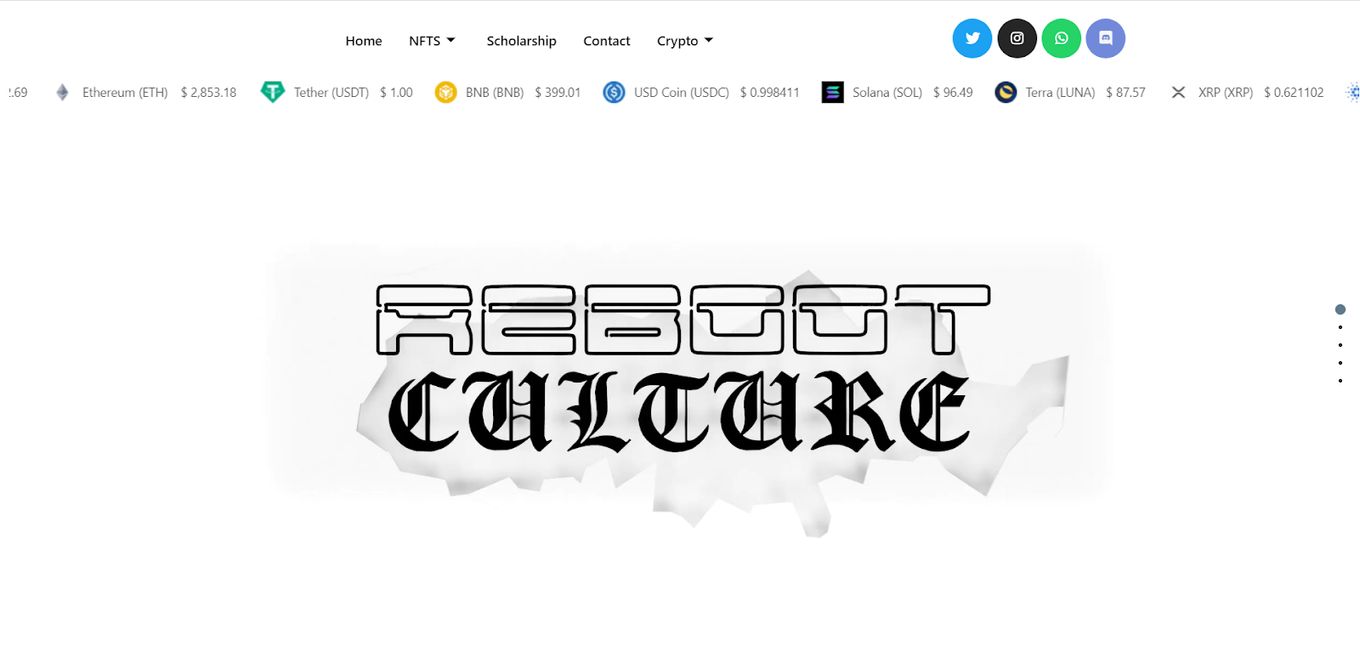
This website uses the same fullscreen effect enabled by fullPage.js to show off its best aspects.
Collaborations with artists, fashion designers, event organizers, and museum displays are all part of the NFT art galleries. Reboot Culture’s mission is to unite its commitment to a community-driven product with its love for the culture that helped it grow, in order to rocket the accessible community into the future of the NFT sector.
The entire pitch is built on core cultures that include art, music, and fashion, highlighting the need for self-governance people in the space have.
4. Ironfish

Ironfish is a privacy platform for web3.
This website goes to the point by explaining what the platform does in a simple and modern way.
The main website couldn’t be more simple in terms of information and structure, but they use subtle animations and nice graphics to make the page look modern.
5. Crypto Crime Club
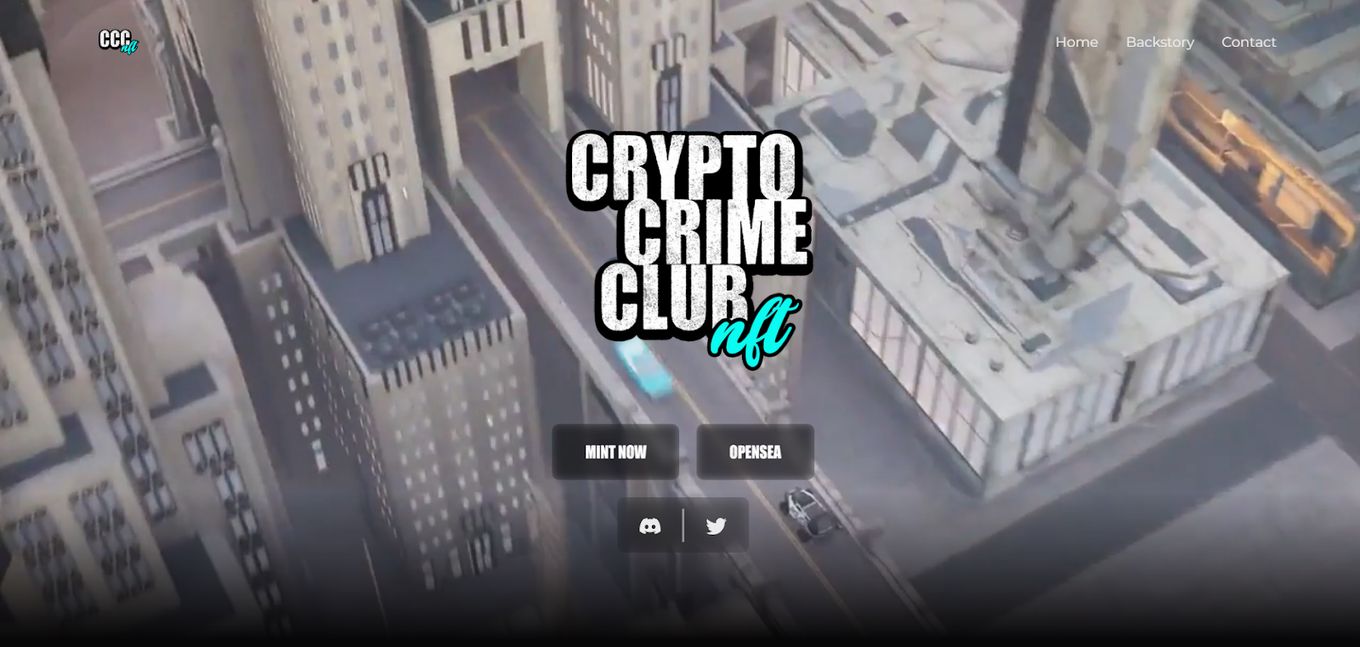
This NFT site opens with a Need for Speed police chase complete with sleek vehicles and even sleeker visuals.
The footage is not real, but the idea is intriguing right off the bat, like many web 3 websites. Like other gamification sites looking to get traction around NFTs, there’s a story, tokens, and a game.
Related article: Best Web3 Browsers 2023
It mixes elements of a strategy game, and real-life & metaverse experiences to complete missions and get prizes.
6. IDEX
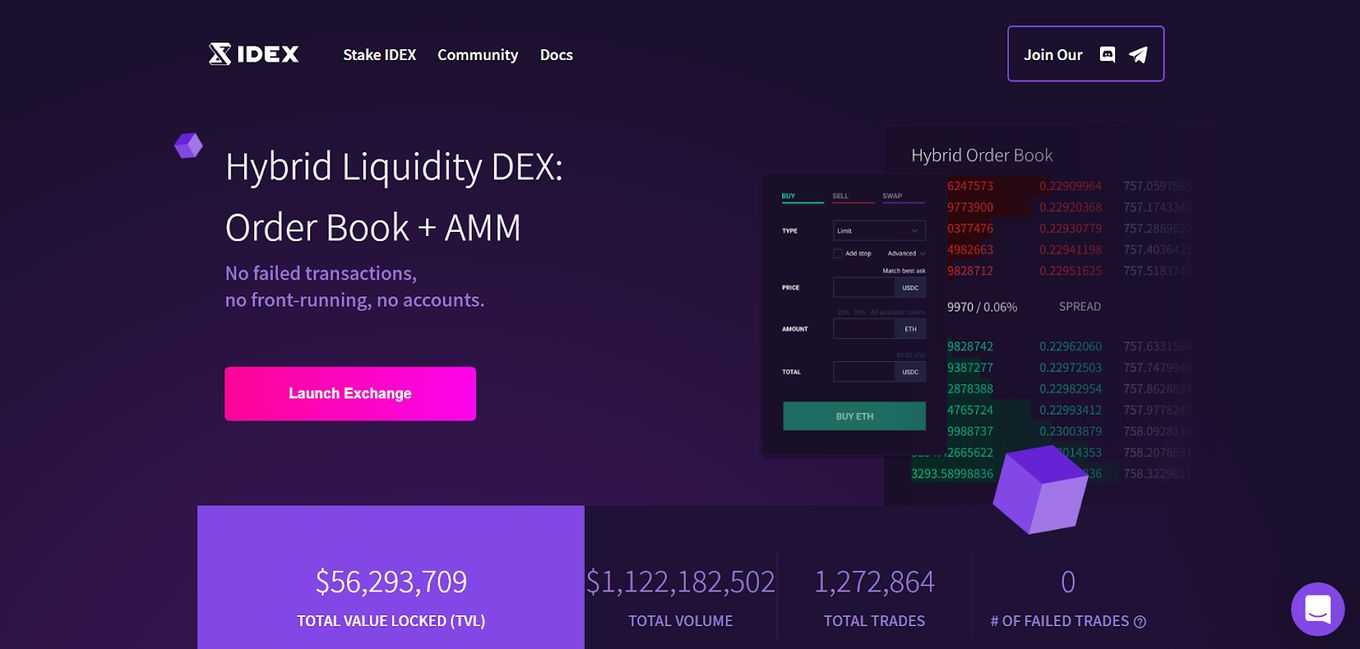
Decentralized exchanges like prioritizing simple UI designs to attract, reassure and transmit trust signals to beginner crypto traders. It’s the gold standard in designing web 3 websites.
DEXs, like IDEX here, allows anybody with a digital asset wallet to buy and sell crypto assets without the need for a middleman. Trading digital currency on a DEX might be intimidating if you don’t know what you’re doing, especially when large sums of money are at stake.
7. Audius
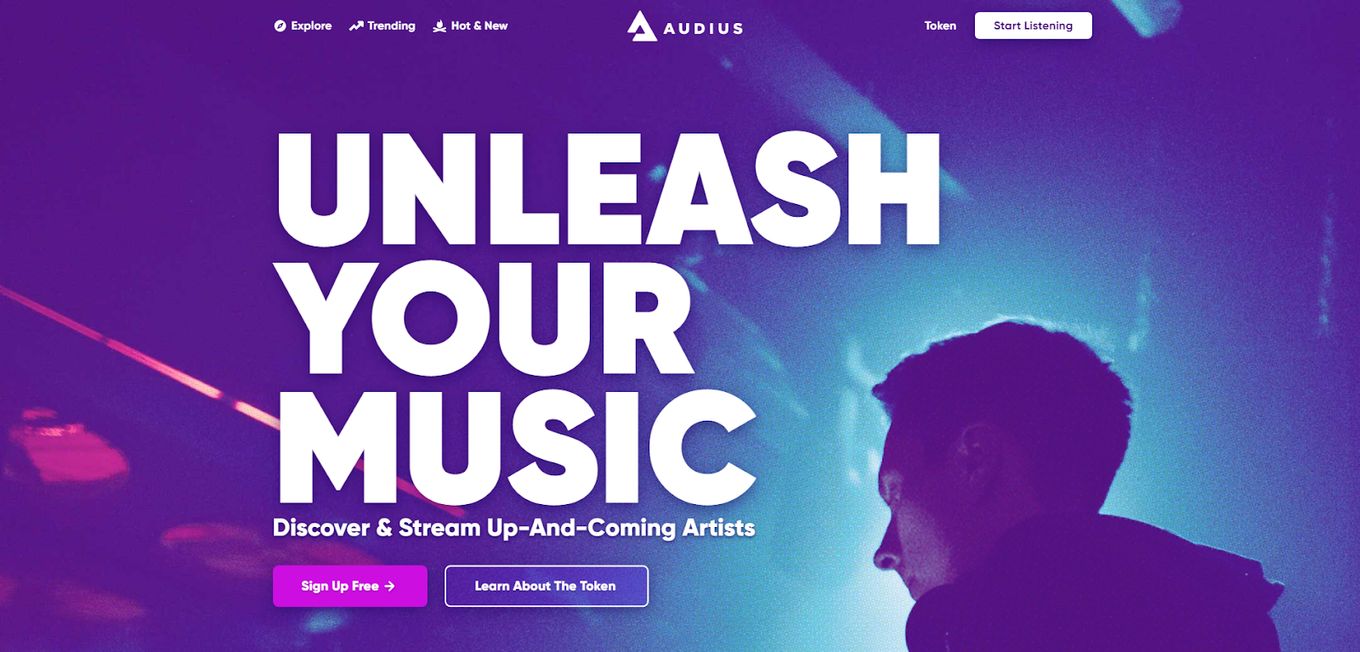
Audius is a blockchain-based digital streaming service that provides musicians greater control over how their music is marketed and helps them interact with their fans.
It’s decentralized and run by a community of open-source developers. With their musician-first platform and token $AUDIO, Audius is charting the course for what the future of the industry may look like. Even the design goes along with its motivating purpose of providing musicians more power.
8. Kusama
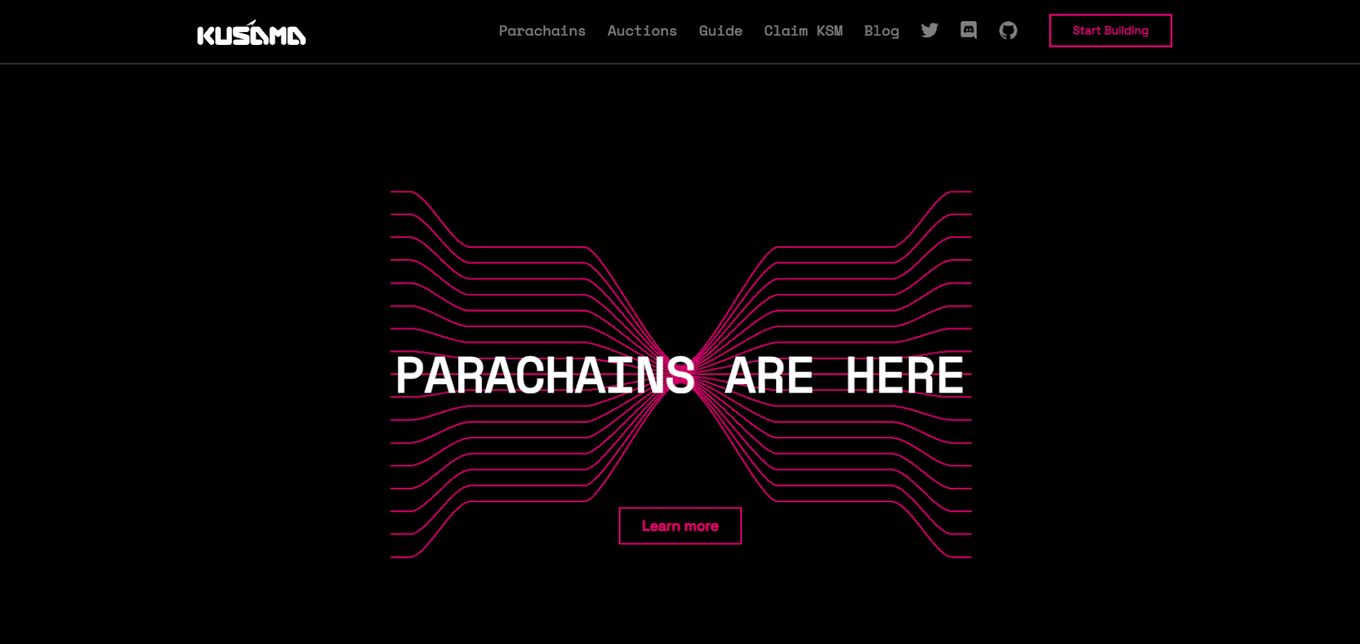
Kusama is a robust network of specialty blockchains created with Substrate and the Polkadot codebase. The network provides an experimental development environment for companies looking to move quickly and innovate on Kusama, or prepare for Polkadot deployment.
Kusama is supported by funds from Web3, a non-profit organization dedicated to fostering and stewarding innovations and applications in the field of decentralized web software protocols.
Related article: Top Web 3 Companies in 2023.
9. Storj
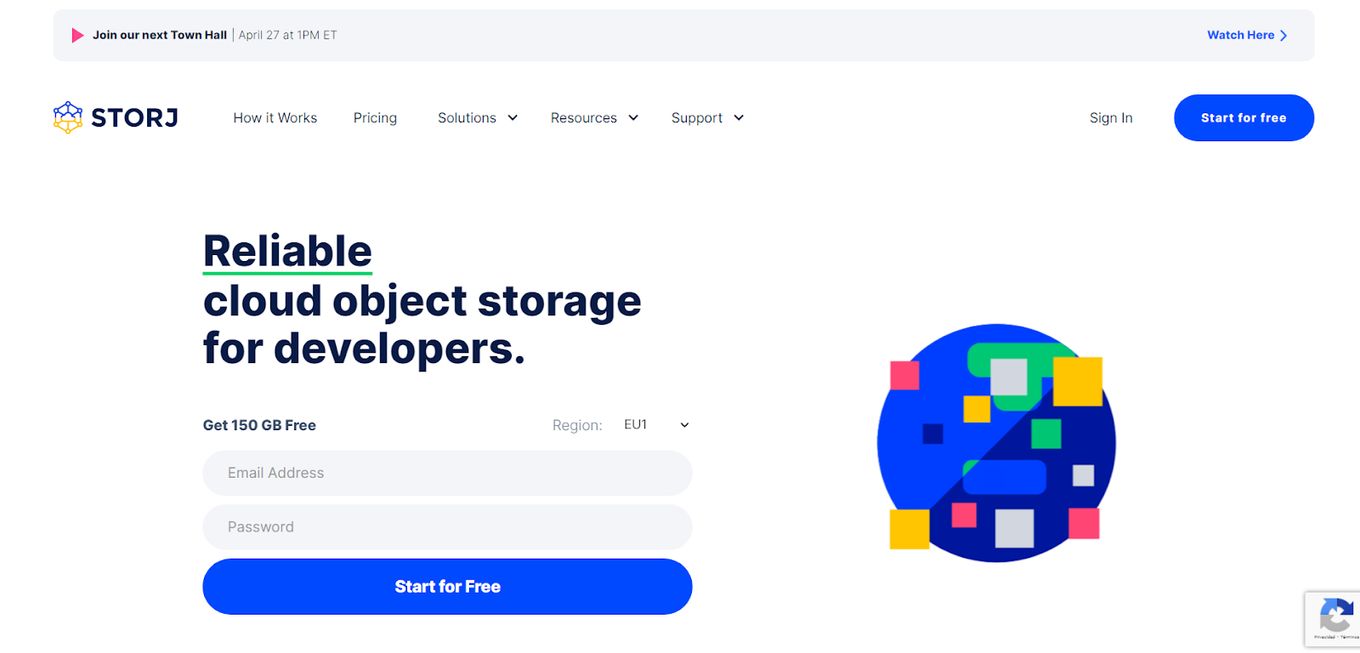
Storj is one of the most secure solutions to store your data in the cloud and is preferred by journalists and individuals at high risk of getting targeted to safely store information.
Storj has two different upload interfaces: a simple web client for users looking for a quick and easy way to decentralize material, and a more complex command-line interface. It also embraces a minimalist look that makes the important elements stand out.
10. Cashaa
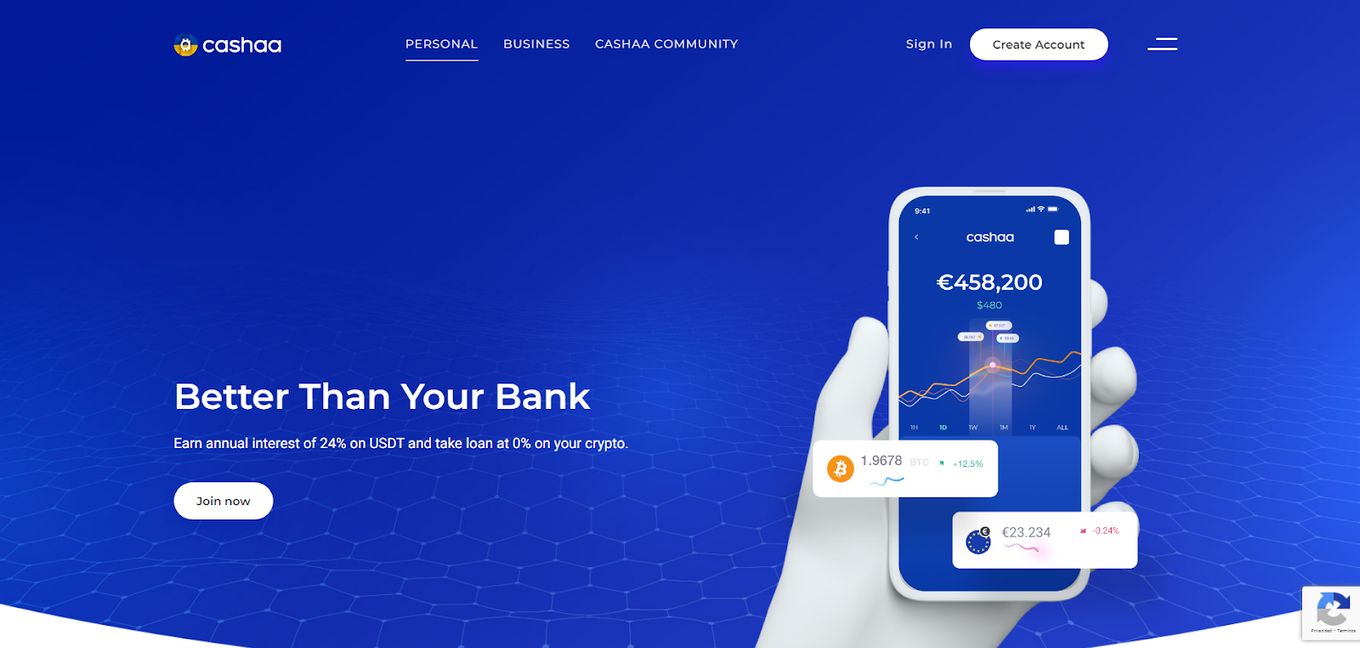
In a space that invites skepticism, Cashaa has figured out how to leverage social proof to get its message and ideas out there. On the homepage, it declares that it is ‘better than your bank’ and below that, we see mentions and awards by reputable names like KPMG, BBVA, and TechCrunch.
It then goes on to provide details that include interest rates and all the benefits one can get, in a simple but informative layout.
11. Theta Token

Theta is in the business of decentralizing video distribution, a high-cost operation for big tech giants like YouTube. Steve Chen, the co-founder of YouTube, cited the high costs of data transmission to diverse locations of the world as a major inspiration for Theta.
The peer-to-peer nature of it the network is what makes it part of web3, something that is reflected in the amazingly detailed website.
12. Brave
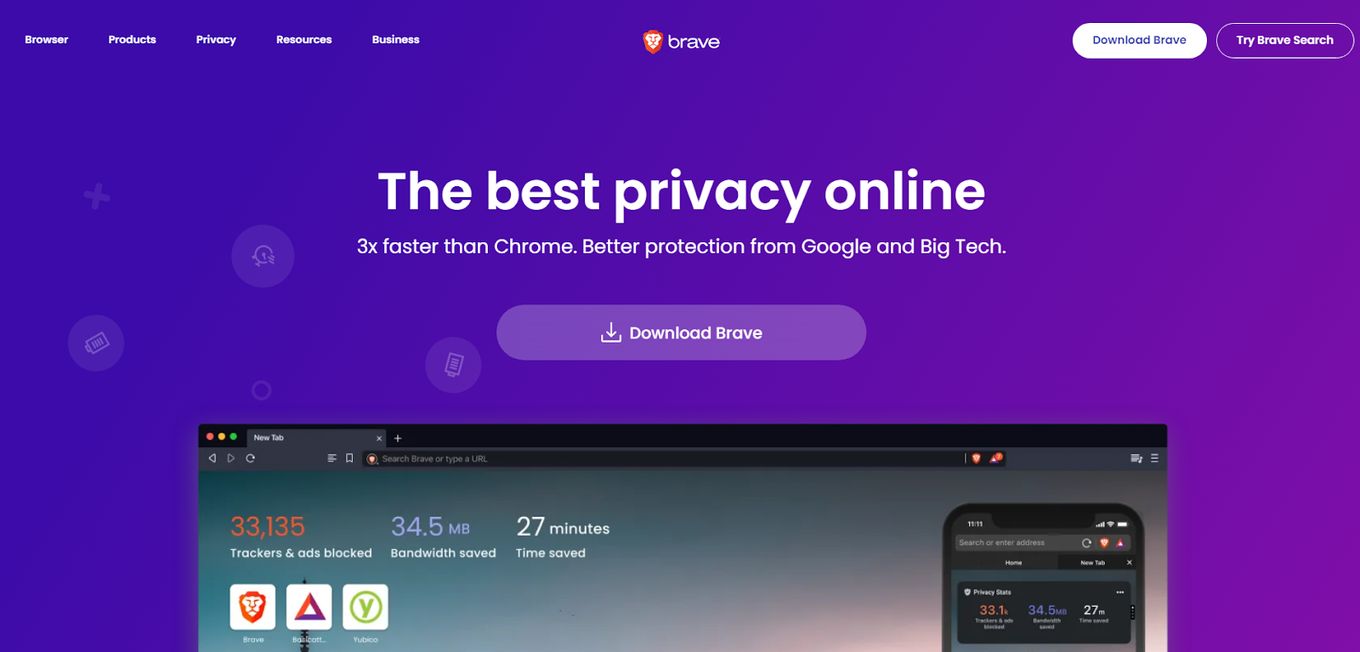
Brave Browser (I use it!) continued to attract more users because of its privacy and features that include the ability to block website trackers and online ads. It is built on the Chromium, but it prioritizes privacy and the integration of decentralized apps (DApps) and decentralized finance (DeFi) such as cryptocurrency.
Viewing Brave Ads will earn you BAT (Basic Attention Token) tokens in an opt-in cycle that includes users, artists, and marketers who support BAT’s economic model and Tokenomics. Advertisers purchase BATs in order to have their adverts shown on the platform. If users opt to watch these advertisements, they are compensated with BATs which they can award to verified creators.
Brave is also available as a web browser for Linux and is one of the best web browsers for Mac.
13. Helium
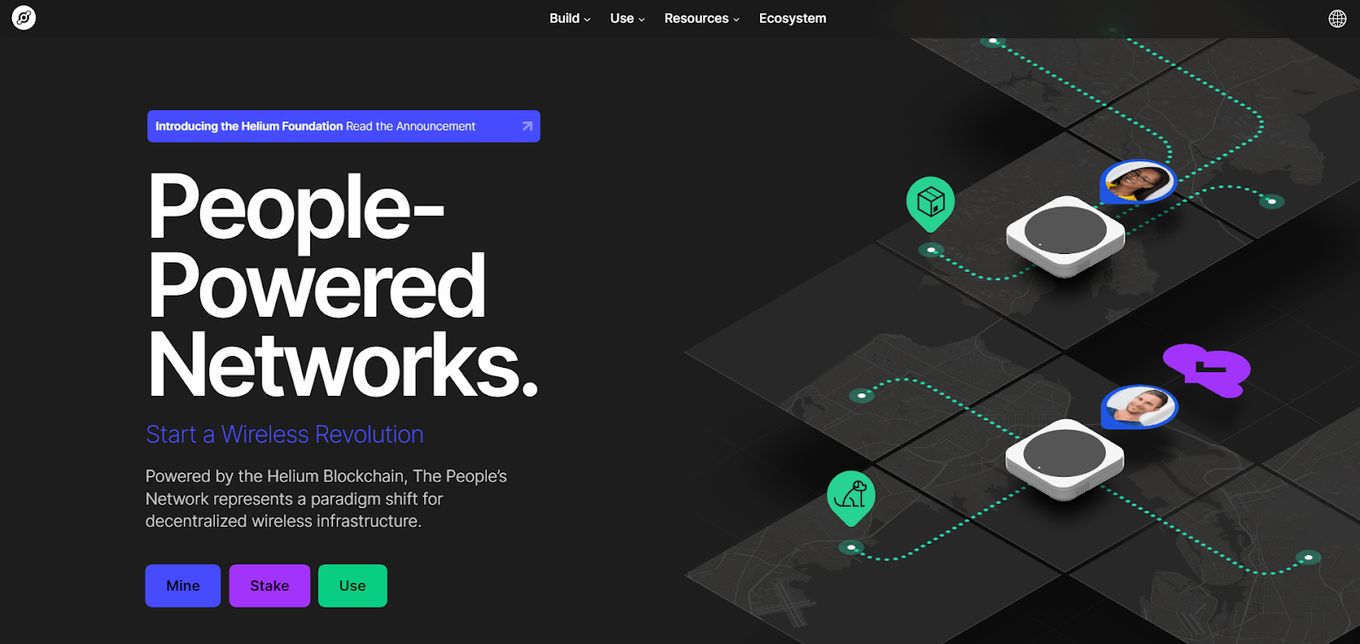
The Helium Blockchain is a distributed long-range Wi-Fi hotspot network designed to encourage the development of decentralized public networks. It is valued at more than $1.8 billion as of writing this.
The web 3 websites design tradition shows up here in a darker visual tone, which enhances the graphics, meant to represent nodes, the blockchain, and futuristic tech. We see statistical representations of how much Helium has achieved, further enhancing the message behind the idea.
14. DEIP

DEIP intends to end publisher lock-in, which occurs when a centralized company holds authors to ransom and makes it impossible for them to move their intellectual property elsewhere. The company’s technology has a portability feature that allows producers to migrate their assets from DEIP to other protocols and markets.
This functionality allows multiple Web3 platforms to use the assets and recognize their worth, increasing the asset’s availability as well as the product’s values.
15. Web3 Foundation Website
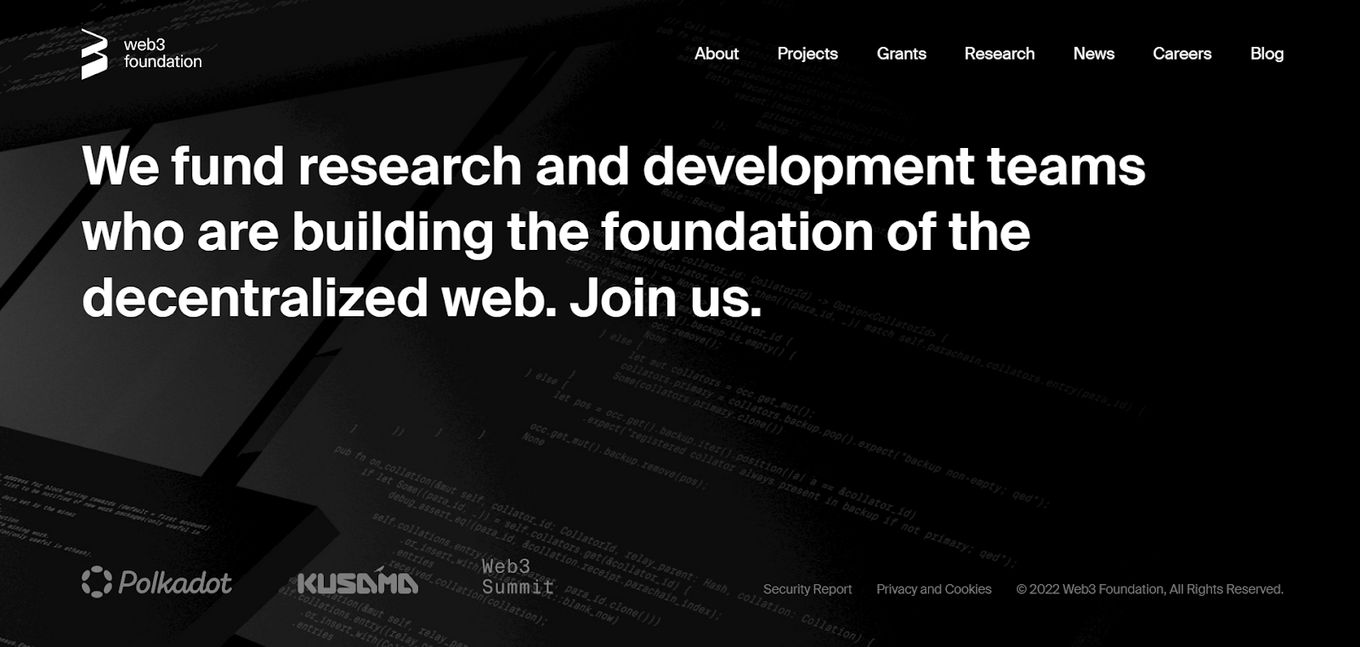
The homepage is just one page, which has logos for Polkadot, Kusama, and Web3 Summit, all projects associated with the web3 movement and its goals. From this page, you can access pages that include About, Projects, Grants, Research, News, Careers, and Blog.
The foundation funds most of the web3 projects you see, including some that we have listed above. It is meant to feel serious and does not go for anything unique in its design, opting for a clean, minimalist, but very informative layout.
15. IOTA
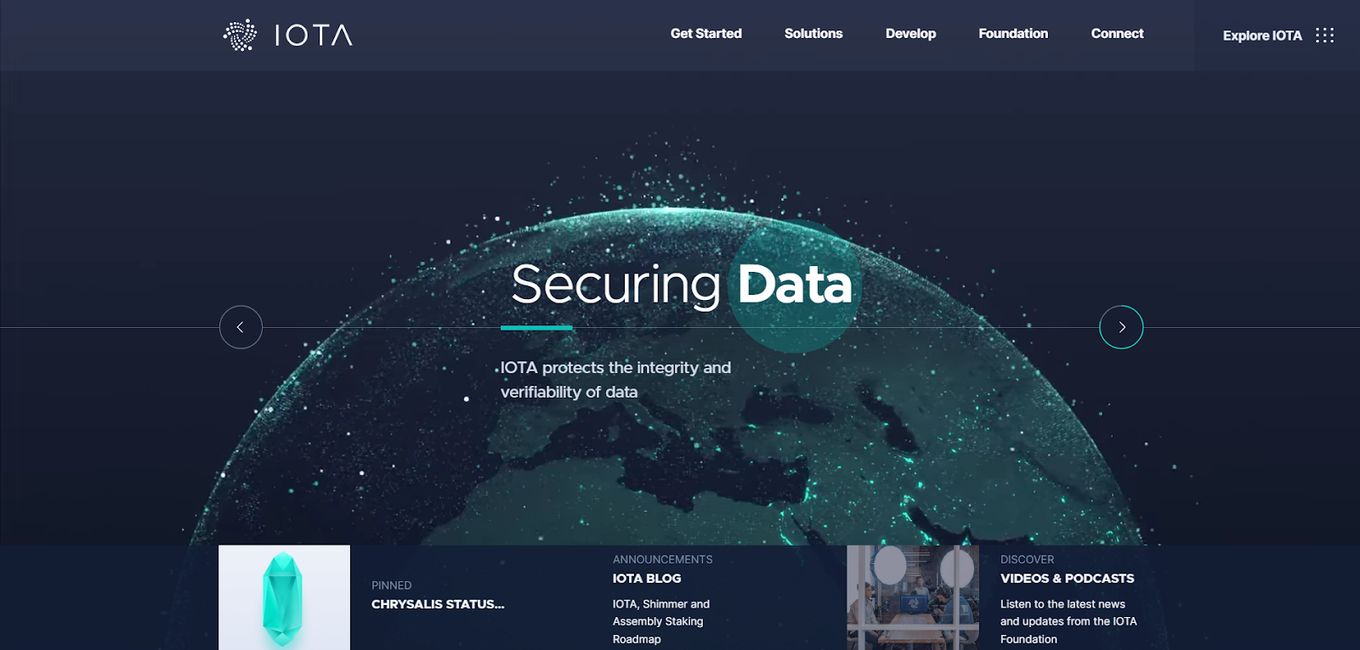
The website opens on a page with an animated backdrop. They shift between Sci-Fi-type images and a real person while highlighting the main tenets of the idea. From here, one can learn everything they want to know about IOTA and what it does.
IOTA has radically restructured distributed ledger technology, allowing for the free and safe flow of both currency and data.
17. CoinX

CoinX template follows a web 3 websites design principle that is based on serving easy-to-read content, simple navigation, branding consistency, and drawing attention to the highlights of the idea behind the site.
Visitors can go from one section to the next with ease, consuming information quickly without missing the important bits. It makes good use of compartmented pieces of information, smooth graphics, and fluid transitions.
What Is Web 3.0 Crypto?
Web3 is a framework that leverages blockchains, cryptocurrencies, and non-fungible tokens (NFTs) to return power to people in the form of ownership. Crypto is often decentralized and not controlled by any single entity, which is the premise of web3 as a whole. As such, it is not only an integral part of the future but a foundational block that will make web3 possible.
Web3 offers native payments: instead of depending on the outmoded infrastructure of banks and payment processors, it spends and sends money online using cryptocurrencies.
![23 Best Web 3 Startup Companies in 2024 [Trendy Now] web3 startups share](https://alvarotrigo.com/blog/wp-content/uploads/2023/08/web3-startups-share-300x150.png)
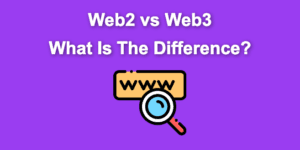
![Best Web3 Browsers in 2024 [+ What is a Web3 Browser] web3 browsers share](https://alvarotrigo.com/blog/wp-content/uploads/2023/08/web3-browsers-share-300x150.png)
![25 Top Web3 Companies [2024] web3 companies share](https://alvarotrigo.com/blog/wp-content/uploads/2023/08/web3-companies-share-300x150.png)
![30+ Best Church Website Templates [WordPress & HTML] church website templates share](https://alvarotrigo.com/blog/wp-content/uploads/2023/08/church-website-templates-share-300x150.png)
![15 Best Portfolio Website Builders in 2024 [Reviewed & Ranked] portfolio website builders share](https://alvarotrigo.com/blog/wp-content/uploads/2023/08/portfolio-website-builders-share-300x150.png)